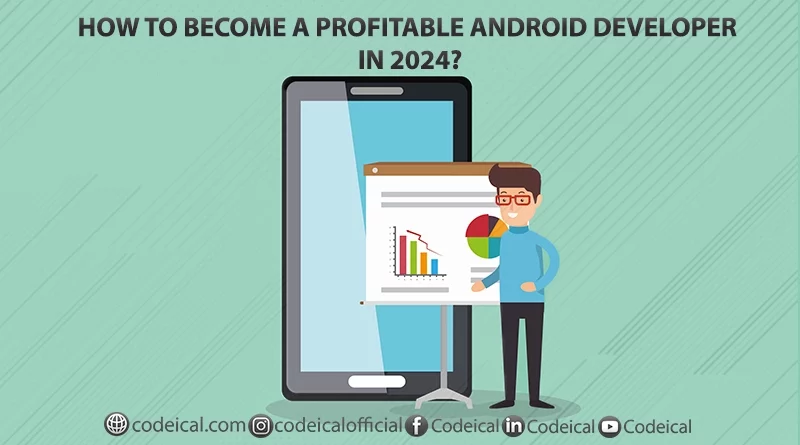How to Become a Profitable Android Developer in 2024?
Become a Profitable Android Developer
Android development has emerged as an exceedingly coveted skill in our contemporary, technology-driven society. Crafting applications for Android, the prevailing mobile operating system globally, unveils a plethora of opportunities within the expansive realm of the tech industry. To embark on this gratifying career trajectory, the ensuing step-by-step guide is tailored to offer comprehensive assistance.
Initiating my foray into Android app development during my college tenure proved to be a lucrative endeavor, yielding immediate financial returns. At that juncture, the scarcity of adept Android developers in the market accentuated the demand for such skills. My inaugural project, “Emerge,” not only marked the initiation of my Android development journey but also netted me a commendable sum of $1000. However, navigating the landscape of contemporary Android development necessitates a nuanced approach, and making informed decisions is pivotal to ensuring the efficacy of your endeavors in an increasingly competitive market.
In the current digital milieu, the learning curve for Android development has evolved, requiring a strategic approach to mitigate potential pitfalls. Discerning the intricacies of this dynamic field is imperative to avoid rendering your efforts futile in an ever-evolving technological landscape. Therefore, this guide is designed to equip aspiring Android developers with the knowledge and insights needed to navigate the complexities of this dynamic field, ultimately fostering a successful and fulfilling career in Android development.
Understand The Basics Of Programming
Selecting a Programming Language: When it comes to Android development, Java and Kotlin stand out as the two main languages. Looking ahead to 2023 and beyond, Google has officially recognized Kotlin as a first-class language for Android, making it an excellent choice to kickstart your development journey.
Embrace Object-Oriented Programming (OOP): Gaining proficiency in OOP concepts is crucial for crafting resilient and effective Android applications. The Android Software Development Kit (SDK) heavily relies on OOP principles. Therefore, delving into OOP is essential for comprehending the foundations of what you are constructing. By familiarizing yourself with OOP, you equip yourself with the skills necessary to design and implement robust Android applications. This knowledge becomes increasingly pertinent as you delve deeper into the intricacies of the Android development landscape.
How To Learn Java?
Embarking on the journey of mastering Java for Android development serves as an excellent initiation into the realm of crafting applications for the Android platform. Acquiring proficiency in Java not only equips you for Android development but also positions you well for delving into web development backends, mastering data structures and algorithms (DSA-Algo), and constructing desktop applications. Functioning as a versatile programming language, Java stands out as an ideal choice for those venturing into programming for the first time. Initiate your learning journey by delving into the foundational aspects of Java, encompassing a comprehensive understanding of variables, data types, operators, control structures (including if-else statements and loops), and functions (referred to as methods in Java).
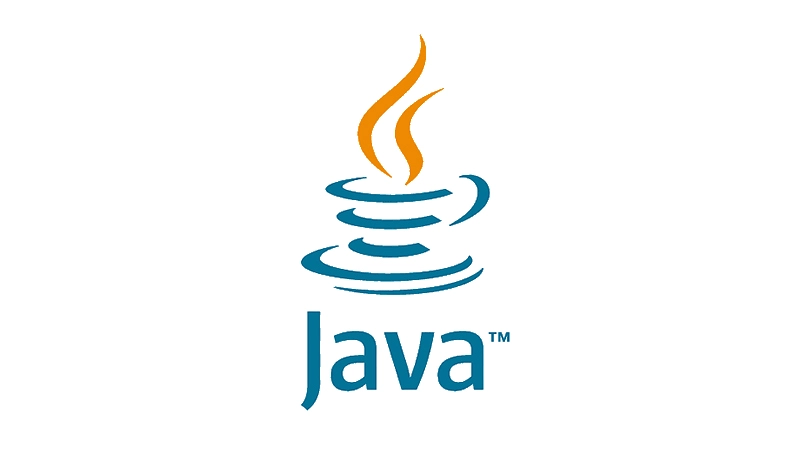
Resources for learning Java are readily available at no cost on platforms such as YouTube videos and Udemy. However, it is advisable to steer clear of the official Java documentation, especially for beginners. Opt for alternative learning materials that cater to a more approachable and beginner-friendly understanding of Java’s intricacies.
How To Learn Kotlin?
In my personal viewpoint, I find Kotin’s documentation to be remarkably comprehensive and user-friendly, surpassing the quality of Java’s documentation. The Kotlin documentation page is meticulously organized, presenting a well-structured resource that spans from fundamental concepts to advanced topics. It serves as an excellent repository for acquiring a thorough understanding of the language’s features and syntax.
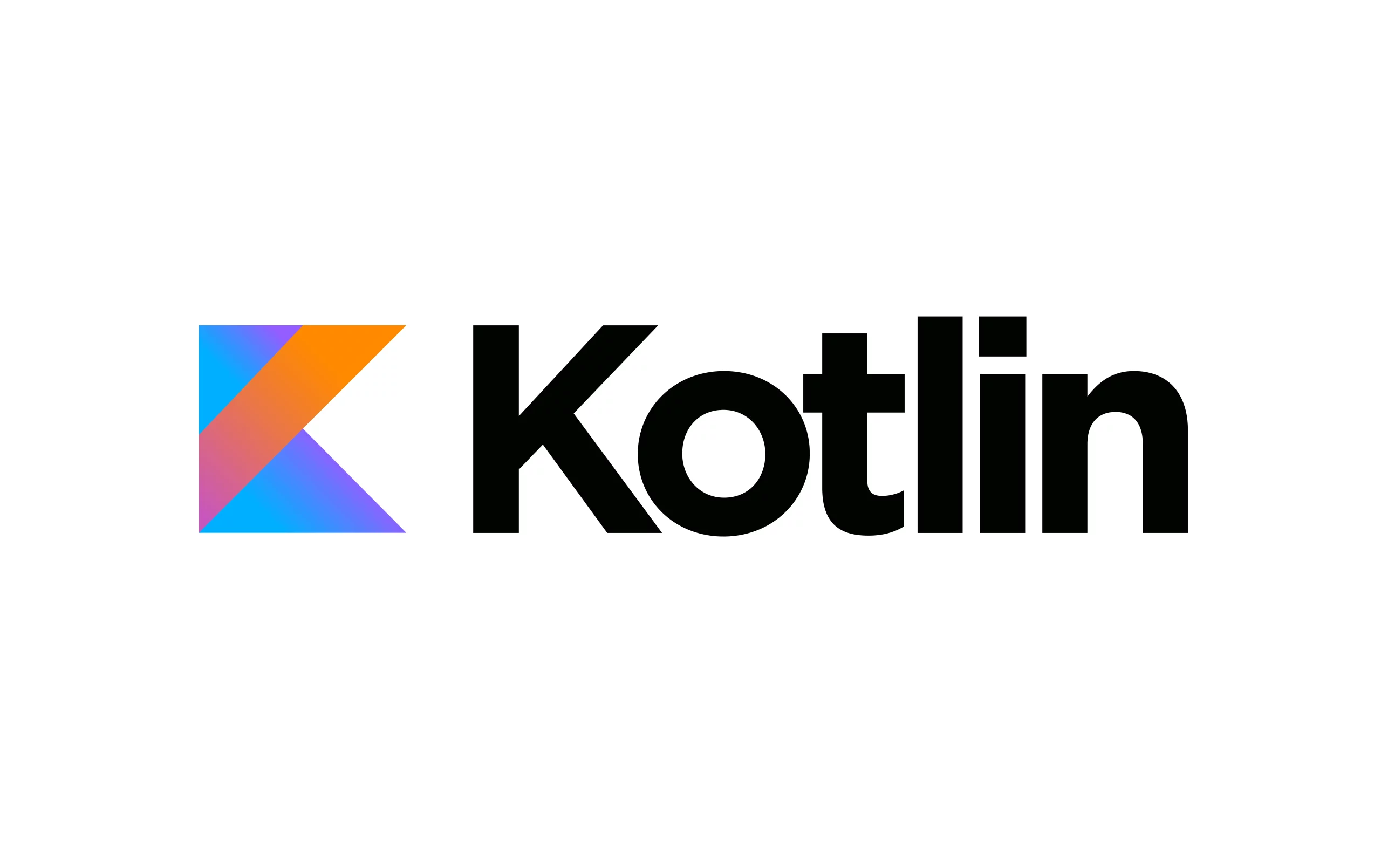
An alternative avenue for mastering Kotlin is the Kotlin Playground—an interactive online environment facilitating code writing and execution without necessitating any setup. This platform proves to be a fantastic tool for experimenting with real-time code snippets and exploring various concepts.
Exploring Kotlin extends beyond official documentation and the Kotlin Playground. Numerous online tutorials and YouTube videos offer free resources for learning Kotlin. Additionally, Udemy provides a dedicated course for Kotlin and Android development:
The Complete Android 12 & Kotlin Development Masterclass
This comprehensive course guides you through Kotlin basics and Android development from the ground up, making it an invaluable resource for those looking to build a strong foundation.
In conclusion, whether you prefer official documentation, interactive platforms like Kotlin Playground, or dedicated courses like the one on Udemy, the abundance of resources ensures that learning Kotlin is accessible and tailored to various preferences and learning styles.
Get Familiar With Android Studio
The subsequent step involves acquainting yourself with Android Studio, a crucial tool for Android development.
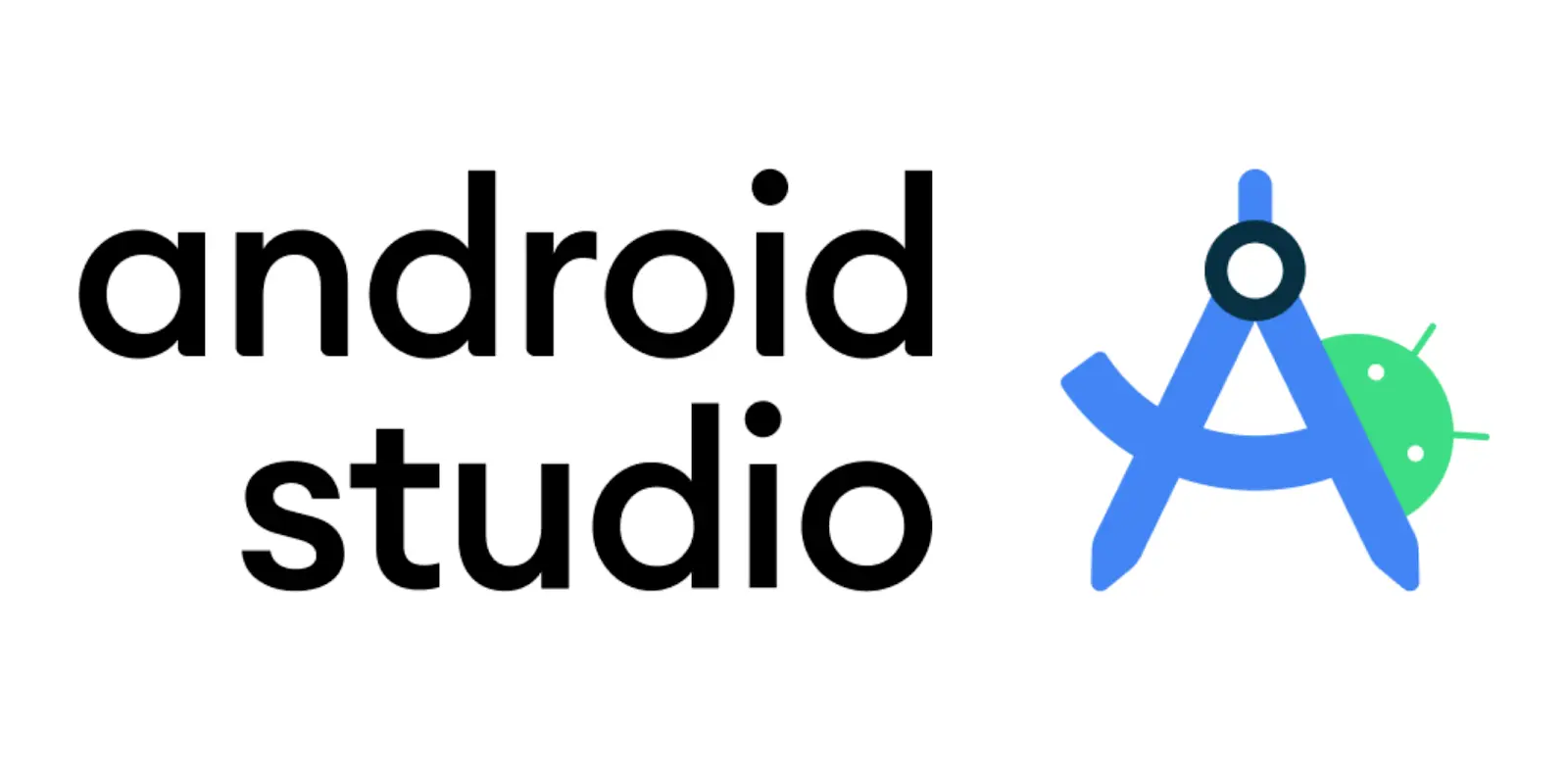
To commence the process, visit the Android Developer website and obtain Android Studio, the official Integrated Development Environment (IDE) for Android. The software is available for free and undergoes frequent updates, emphasizing the importance of downloading the latest version for optimal functionality.
After installation, delve into exploring Android Studio’s intricate interface, features, and tools. Initially, the software might appear overwhelming, causing uncertainty and a sense of difficulty in grasping its functions. However, with time and experience, familiarity with its features will develop. Locating buttons, understanding layouts, and navigating XML files will become second nature. Tasks like finding the Android Virtual Device (AVD) and accessing specific features will become intuitive.
Efficiently manage assets such as images, text strings, and dimensions by becoming acquainted with Android’s resource system. This system enables centralized control over various aspects of your app’s presentation and behavior.
Further advance your understanding by mastering the concepts of intents, a pivotal element in Android development that facilitates communication between different sections of your app or even diverse applications. Gain expertise in smoothly navigating between screens and activities, ensuring a seamless user experience.
Once you have a solid grasp of Android Studio and its fundamentals, embark on the journey of building your inaugural app.
Remember, your initial app need not be intricate. Start with simplicity, perhaps creating a basic “Hello World” printing program, a straightforward to-do app, or a basic calculator. The key is to focus on learning and trying new concepts without adhering to the notion that complexity is a prerequisite.
Get Familiar With Jetpack Compose
Jetpack Compose stands as a cutting-edge toolkit designed for crafting native UI, expediting the UI development lifecycle on the Android platform. Notably, Jetpack Compose’s unique selling proposition lies in its exclusive reliance on Kotlin for development, eliminating the need for XML views. This paradigm shift is a revolutionary gamechanger, fostering swift and reusable development practices. Despite its potency, Jetpack Compose remains relatively underrated in the realm of Android development, making it a formidable yet underappreciated tool that can set you apart in the industry.
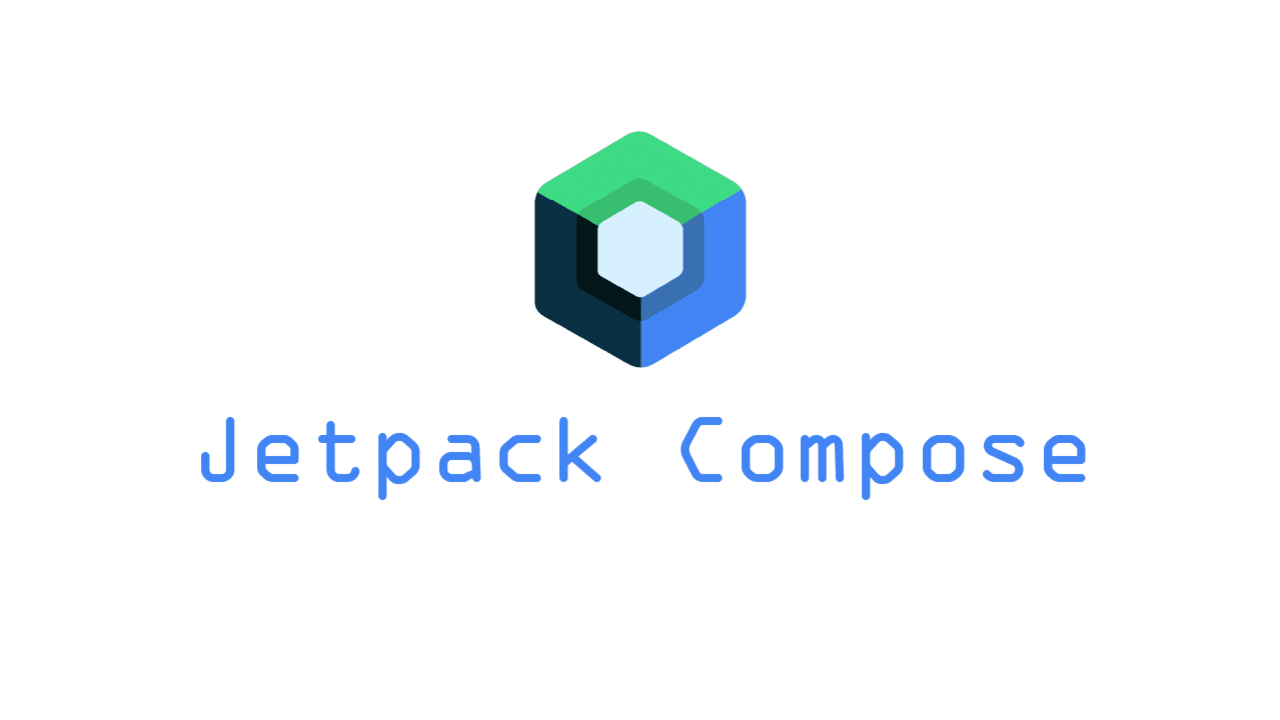
To delve into the intricacies of Jetpack Compose, one can initiate the journey by grasping the fundamentals, unraveling the art of constructing UI components using a declarative syntax. This syntax empowers developers to articulate the structure and behavior of the UI through concise Kotlin code, paving the way for a more intuitive development experience.
As one grows accustomed to Jetpack Compose, the next phase involves venturing into app creation. Starting with rudimentary elements like text, images, and buttons lays a solid foundation. Through experimentation and familiarity, confidence in leveraging Compose to shape the visual and interactive aspects of an app grows. Subsequently, one can progress to more advanced features, such as the Navigation Compose Library and the animations API, ushering in a realm of sophisticated functionalities.
In conclusion, Jetpack Compose is a potent and often overlooked tool in the Android development landscape. By mastering its intricacies and utilizing its capabilities, developers can not only streamline UI development but also differentiate themselves in a competitive industry.
There are numerous learning materials available for Jetpack Compose. Here are my suggestions:
- Official Documentation: The official documentation for Jetpack Compose is comprehensive and beginner-friendly, making it an excellent starting point for learning the basics.
- Courses: Explore various courses on platforms like Udemy; they offer valuable insights. Consider the following recommendations: a. Android Jetpack Compose: The Comprehensive Bootcamp b. The Comprehensive Android App Development Masterclass
Cross Platform Applications
If you’re interested in creating applications that run seamlessly across various platforms, I suggest diving into Flutter and Dart.
Flutter excels in developing apps that function smoothly on iOS, Android, the web, and desktops, all while using a single codebase. Its tools make designing attractive interfaces a breeze. Dart, the language powering Flutter, is both user-friendly and efficient. Together, Flutter and Dart empower you to craft versatile applications that deliver excellent performance and aesthetics across different platforms.
In contrast to Kotlin and Jetpack, Flutter and Dart offer a unique approach to app development. Flutter facilitates cross-platform development, enabling you to build applications for multiple operating systems with a unified codebase. Dart, the language underpinning Flutter, stands out for its simplicity and high performance. This combination creates a highly productive environment for developing visually appealing and efficient apps.
Explore the intricacies of Flutter and Dart through these Udemy courses:
- Flutter & Dart – The Complete Guide [2023 Edition]
- The Complete Flutter Development Bootcamp with Dart
Conclusion
In conclusion, whether you opt for Kotlin along with Jetpack or decide to embrace Flutter and Dart, embarking on your Android development expedition promises an amalgamation of thrilling experiences, formidable challenges, and an ongoing journey of knowledge acquisition. Armed with a solid foundation, essential tools, and ample resources, you are fully equipped to pave the way for a gratifying and prosperous career in this dynamic field.
P.S. If you enjoyed this article, I would be grateful if you shared it with others as well! Thank you for your support!
Read Also: Freelance Web Development Jobs, Where Can One Find Opportunities? (At All Skill Levels)
Wishing you success in your work!
– Shammaim

